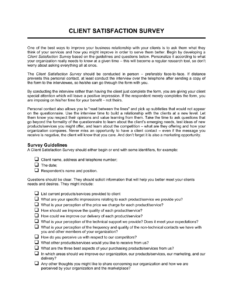The main goal of retail loss prevention policy template is to minimize and prevent loss of firm assets, including money, equipment, merchandise, and client data. All personnel must follow and be aware of the store’s comprehensive loss prevention procedures. This guide describes the minimum necessary actions to prevent loss, maintain compliance, and guarantee the security of employees, clients, and company assets.
The policy ensures the correct conduct of workers, suppliers, and clients and fully complies with all applicable laws, rules, and regulations.
Key Elements of a Retail Loss Prevention Policy
Introduction
In this section, you’ll describe the store’s dedication to reducing loss and the prevention policy’s purpose and scope. Clearly state that all workers, customers, and suppliers must follow the guidelines. Comprehensive loss prevention measures will be implemented to protect assets, employees, and customers.
Policies and Procedures
This part should contain specific guidelines for preventing loss, such as:
- Cash handling procedures: Explain proper cash handling procedures, including counting, storing, and depositing money.
- Inventory control: Detail procedures for receiving, storing, and tracking inventory to minimize the risk of theft or loss.
- Employee screening and training: Outline the process for screening job candidates and providing training on loss prevention procedures to employees.
- Security measures: Describe the security measures implemented in the store, such as surveillance cameras, access control systems, and alarm systems.
- Customer service: Provide guidelines for customer service employees on how to handle suspicious behavior, prevent theft, and maintain a safe environment.
Responsibilities of Store Personnel
Introduction
This section should outline the roles and responsibilities of various store personnel in loss prevention. Emphasize the importance of individual accountability and cooperation among team members to effectively prevent loss.
Responsibilities of Store Management
- Oversee the implementation and enforcement of loss prevention programs.
- Conduct regular audits and reviews to ensure compliance with policies and procedures.
- Provide leadership and guidance to employees on loss prevention.
- Investigate suspicious activities and incidents of loss.
- Coordinate with law enforcement and security agencies if necessary.
Responsibilities of Sales Associates
- Be vigilant and attentive to customers and their activities.
- Follow established cash handling procedures and never leave cash unattended.
- Report any suspicious behavior or incidents of theft to a supervisor immediately.
- Cooperate with management in conducting investigations and providing information.
Conclusion
In conclusion, the retail loss prevention policy template serves as a guide to protect the store’s assets, employees, and customers from loss. Consistent adherence to these guidelines is essential in creating a safe and secure environment for everyone involved.
Regularly reviewing and updating the policy is crucial to ensure it remains effective and aligned with changing circumstances. All employees must be familiar with and comply with the policy to minimize loss and maintain a positive customer experience.
FAQ on Retail Loss Prevention Policy Template
1. Who should have access to the retail loss prevention policy template?
All employees, customers, and suppliers should have access to the retail loss prevention policy template to ensure everyone is aware of their roles and responsibilities in preventing loss.
2. How often should the retail loss prevention policy template be reviewed and updated?
The retail loss prevention policy template should be reviewed and updated regularly to keep up with changing circumstances, such as new technologies or security threats.
3. What should be the key components of a retail loss prevention policy template?
A retail loss prevention policy template should include key elements such as an introduction, policies and procedures, responsibilities of store personnel, and a conclusion.
